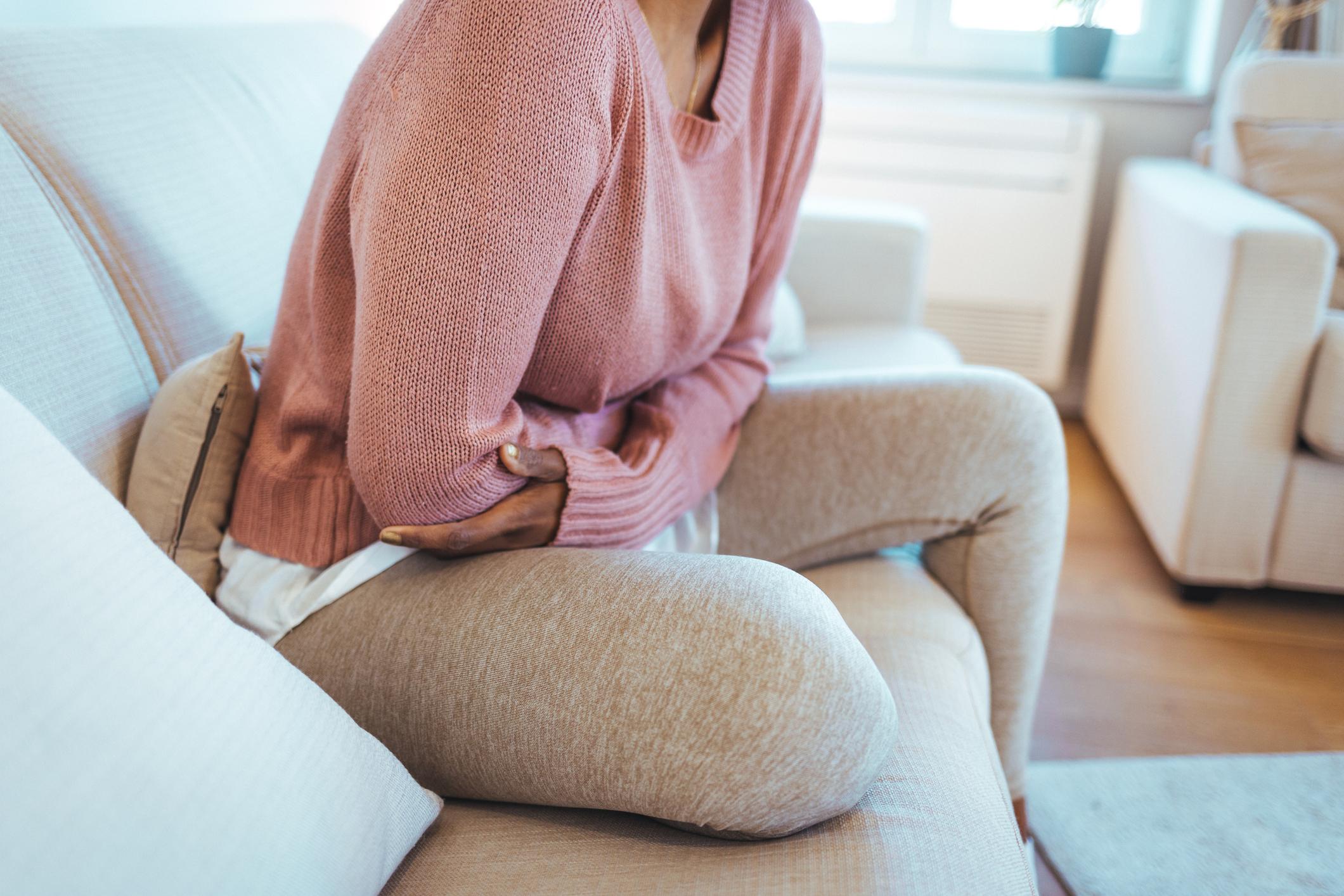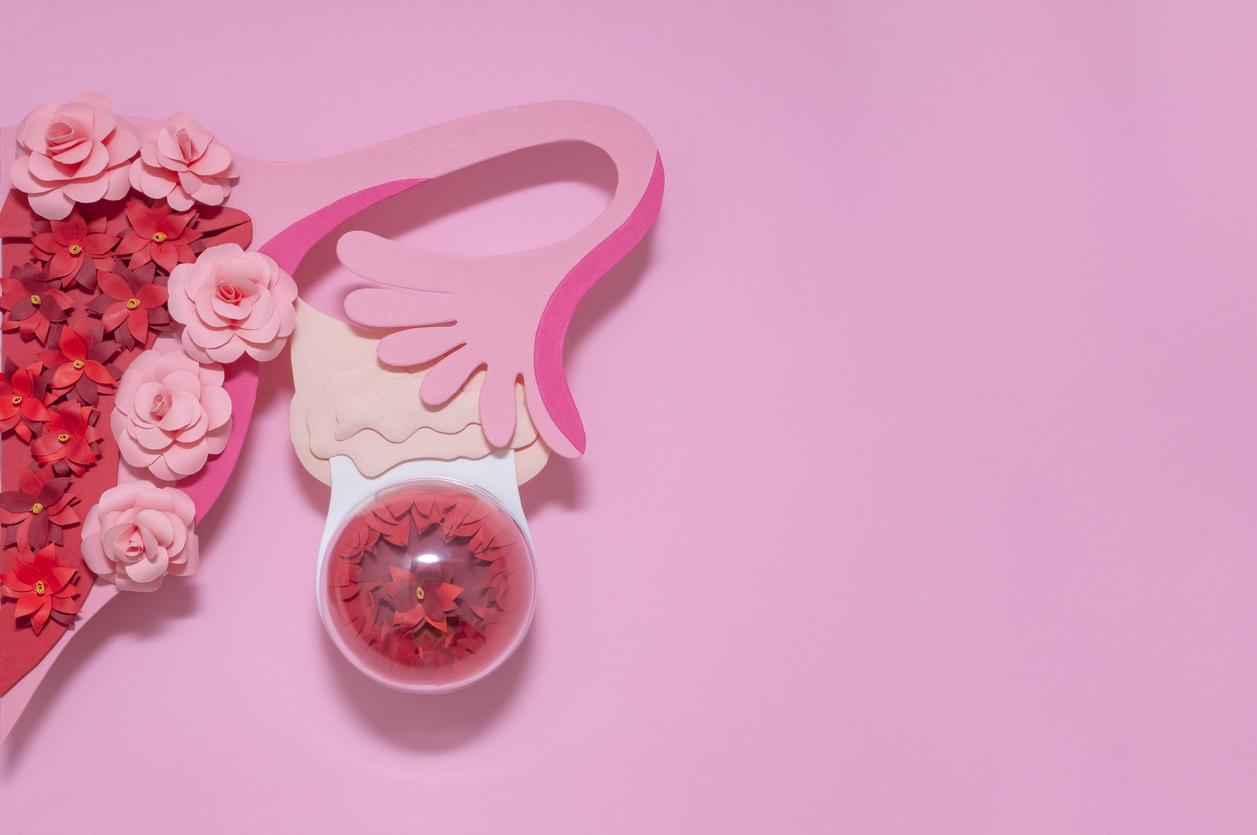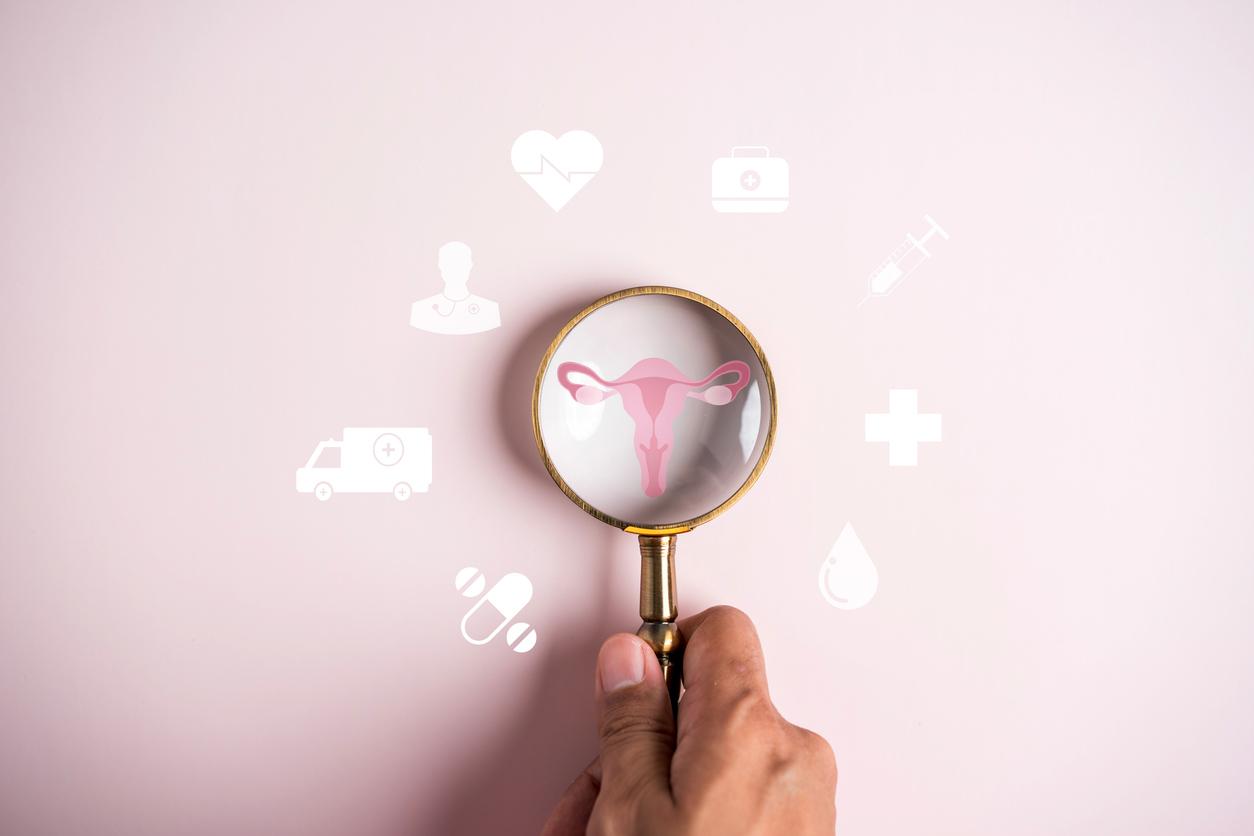Fatigue, pain, headaches, digestive disorders… women can suffer from different symptoms related to premenstrual syndrome. According to Japanese researchers, improving one’s lifestyle could alleviate them.

- 20 to 40% of women are affected by premenstrual syndrome, according to Inserm.
- Before the onset of menstruation, women can suffer from various physical and psychological symptoms.
Primary dysmenorrhea is characterized by pain occurring one to three days before and/or at the time of menstruation, and premenstrual syndrome results in a set of physical and psychological symptoms that begin before menstruation and disappear when they arrive. These two disorders can be very distressing for women, even in extreme cases, very disabling.
Improving Your Lifestyle Could Ease PMS
A study published in the International Journal of Environmental Research and Public Health recently unveiled potential risk factors that could promote the prevalence and severity of primary dysmenorrhea and premenstrual syndrome.
To reach this conclusion, the Japanese researchers reviewed English and Japanese studies that focused on symptoms related to menstruation, focusing on primary dysmenorrhea and premenstrual syndrome. The scientists studied almost 77 research studies, from which they extracted data on the physical, menstrual characteristics and lifestyle factors of healthy women, but affected by premenstrual syndrome and primary dysmenorrhea.
Stress and lack of sleep promote dysmenorrhea
The researchers then found that different elements have an impact on the prevalence and severity of symptoms occurring during menstruation. In particular, they cited physical characteristics such as age and body mass index (BMI), period duration or irregular cycles. Certain lifestyles including lack of sleep or smoking would also promote the occurrence of disorders related to the menstrual cycle.
“Among our results, BMI, stress, sleep duration and bedtime were associated with the prevalence of primary dysmenorrhea, while smoking was associated with the prevalence of premenstrual syndrome (…) The good news is that women can, for example, change certain elements of their lifestyle in order to mitigate these risk factors”, explained Professor Yoshio Nakata, lead author of the study and researcher at the University of Tsukuba (Japan). The management of these risk factors could therefore improve symptoms due to menstrual pain and improve the quality of life of women.

















